Derrel
Mr. Rain Cloud
- Joined
- Jul 23, 2009
- Messages
- 48,225
- Reaction score
- 18,941
- Location
- USA
- Website
- www.pbase.com
- Can others edit my Photos
- Photos OK to edit
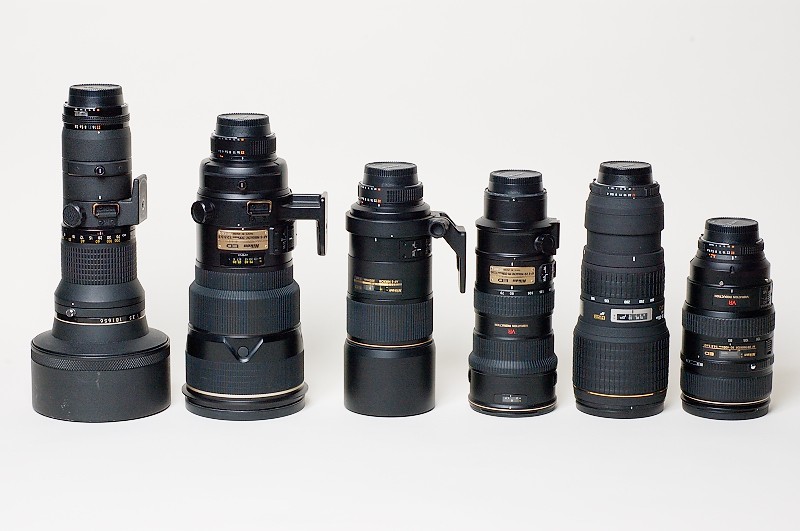
From left: The slender-barreled 400mm f/3.5 ED~IF in AiS mount with CPU added; the second lens from left is the 300mm f/2.8 AF-S Mark II;the third lens from the left is the Nikkor 300mm f/4 AF-S;fourth lens from left is the 70-200 2.8 VR-G;fifth lens from left is the 100-300mm f/4 EX HSM Sigma; far right is 80-400VR. 
400/3.5 and 300/4 are shown with their built-in lens hoods in collapsed or storage orientation. All other lenses have their lens shades removed. The 400mm f/3.5 is internal focusing and very slender and light-feeling when ion a moniopod, and it is actually the BEST-handling big lens I have ever owned, due to its skinny barrel, and the big front element, it balances very well on a monopod with a camera+grip behind it. It is actually reasonably hand-holdable for short periods, and balances and swings better than the 300 2.8 or the 200 f/2. It also adapts well to a Canon body, and it has a pre-set focusing stop, and an adjustable tension mechanism between one-finger light and rapid focusing, down to stiff,slow focusing for when its match TC-300 2x converter is added to make it an 800mm f/7. The 300 f/4 AF-S is a great lens: VERY close-focusing, almost macro-like right out of the package, and good with the 1.4x converter, and also quite good with extension tubes, this lens also works very well on a Canon body with an adapter, since it has an f/stop ring on it, and pretty good manual focusing. It makes a 420 f/5.6 with the 1.4 added, and it's good for field work.
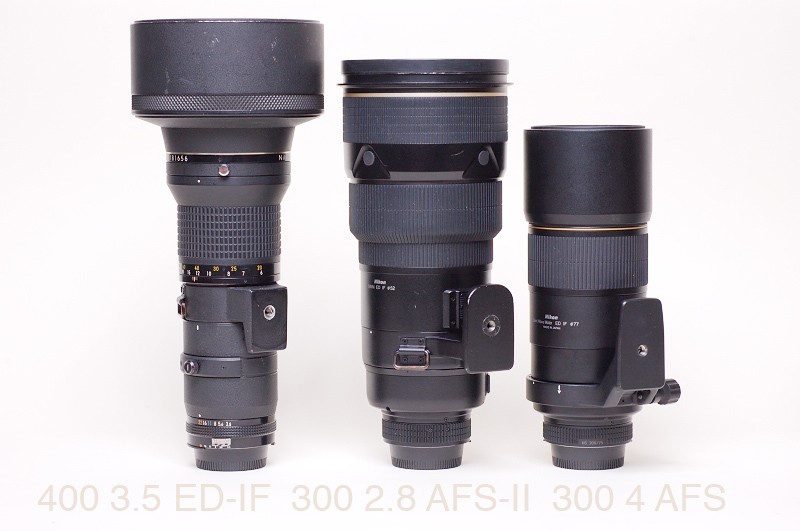
A size comparison of the 400mm f/3.5 ED~IF, the 300mm f/2.8 AFS-II,and the 300mm f/4 AFS. As you can see, the 400 is more slender than the 300 2.8 or the 300/4 throughout most of the barrel. The 400 actually handles better on a monopod than the 300/2.8 does. Size-wise, it's easy to see why the 300mm f/4 AF-S is such a popular lens--it's relatively "small". What I like about the 400mm f/3.5 is that it weighs about 7 pounds, just like my 300/2.8 AFS-II, which is a magnesium-barreled,close-focusing 300/2.8...it is the "lightest" 300/2.8 one can buy for Nikon, at around 7 pounds in weight.
I also have the Nikon 200mm f/2 AF-S VR-G, which is not shown. It's also around 7 pounds in weight, and has the advantage of working very well with the 1.4x TC14e-II converter to make a 280mm f/2.8 equivalent. And it works pretty well with the 1.7x and new 2x TC20e-III Aspherical converters, or so I am told. I have used it with the older TC 20e-II 2x, and it was "okay" as a
a 400mm f/4 equivalent--not great, but okay. Passable, and with VR.


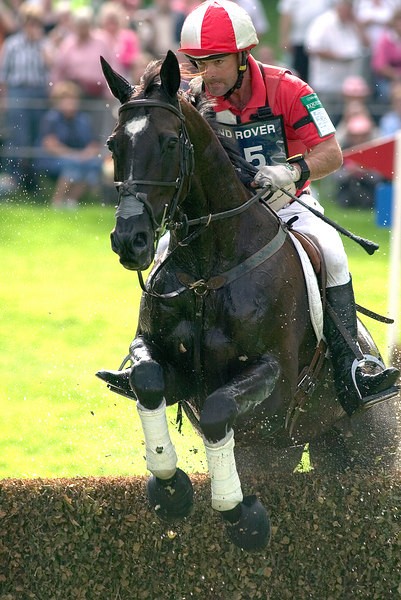
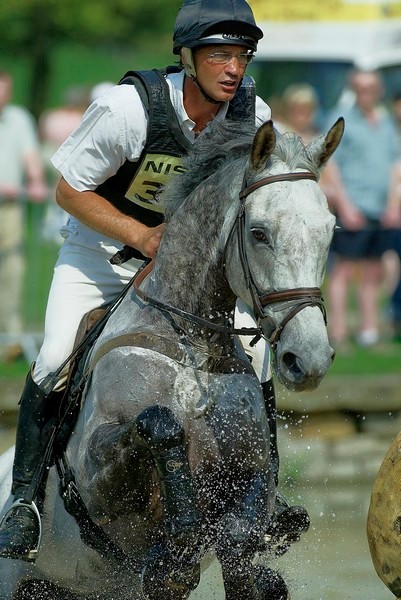
 Even on a crop body the 300 seems short but I really like the IS feature over the none IS. So something has to be sacraficed either IS or the extra 100mm and 1 stop. So to Overreads point I guess its a give and take situation until your able to purchase the best of the best glass.
Even on a crop body the 300 seems short but I really like the IS feature over the none IS. So something has to be sacraficed either IS or the extra 100mm and 1 stop. So to Overreads point I guess its a give and take situation until your able to purchase the best of the best glass.
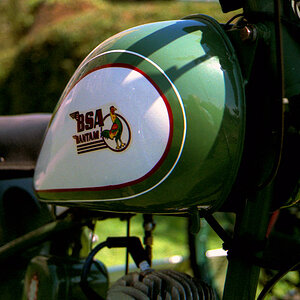
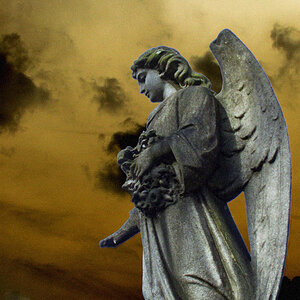
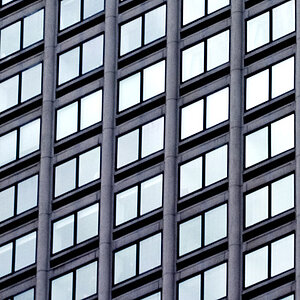

![[No title]](/data/xfmg/thumbnail/40/40288-4d5d7a8aa74ddfceb5fb82062d9b21be.jpg?1619739409)
![[No title]](/data/xfmg/thumbnail/40/40284-f59f6230f0d5b9eacf977f8b0392f087.jpg?1619739407)

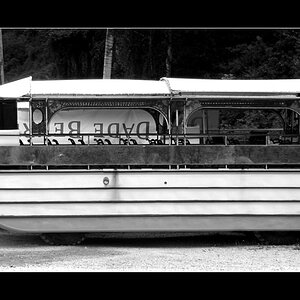
![[No title]](/data/xfmg/thumbnail/40/40287-4f839095000f74d779b90ed75df9dc62.jpg?1619739408)